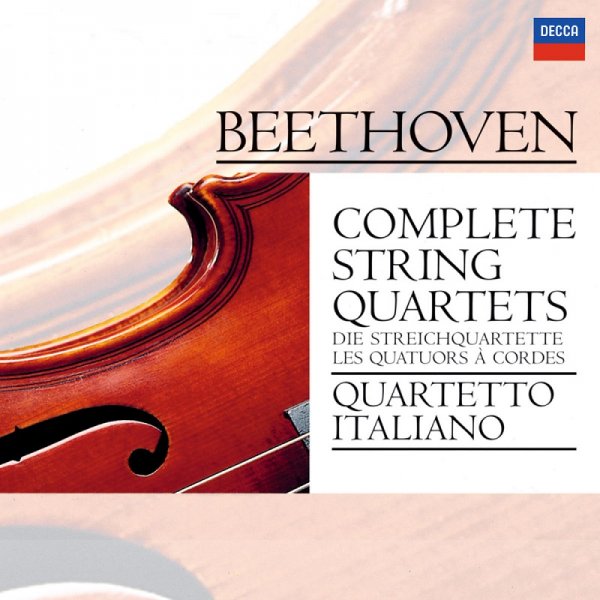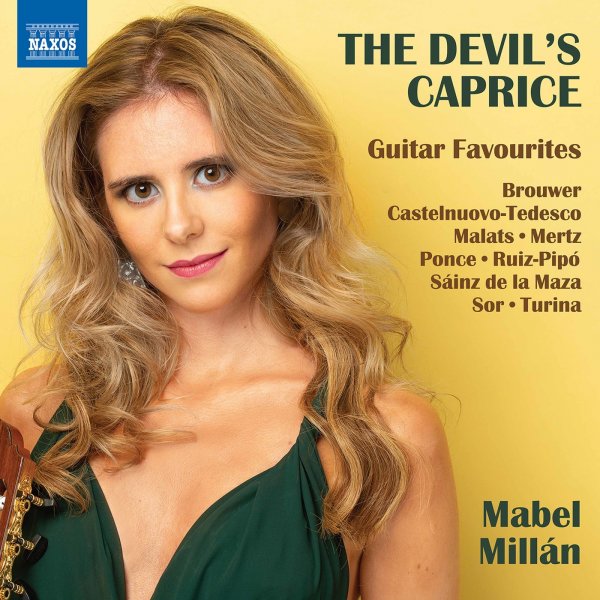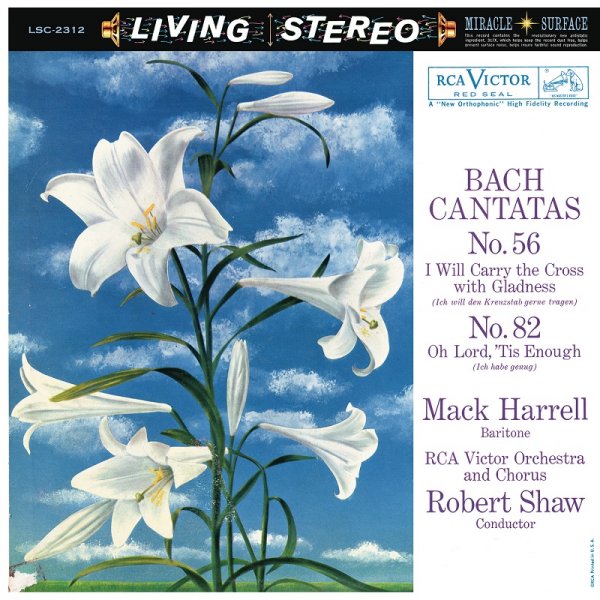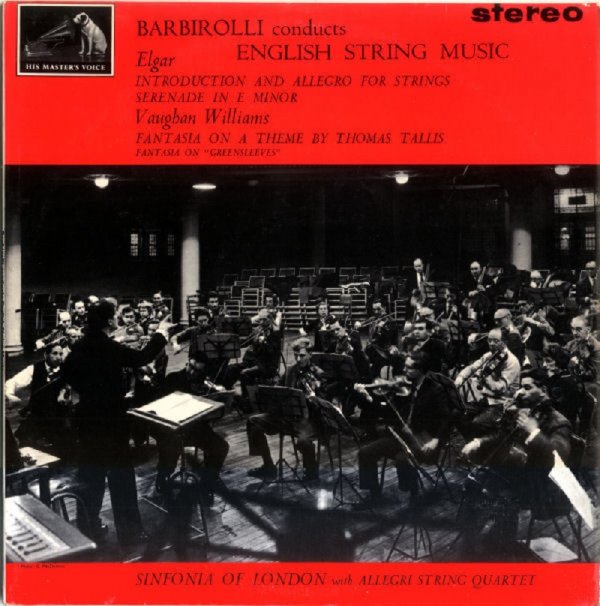I have always L1 P1 X1 with 2 board M1 monoWhich CH components do you have now?
didnt bought a second X1 because i had in mind L 10,but with a very disaster year for my job in textile i stop my plan for now
I have always L1 P1 X1 with 2 board M1 monoWhich CH components do you have now?
I'm confused because in your photo I see what looks like two smaller amplifiers in between the two M1s.I have always L1 P1 X1 with 2 board M1 mono
didnt bought a second X1 because i had in mind L 10,but with a very disaster year for my job in textile i stop my plan for now
Thank you for explaining. Here's to wishing your situation improves quickly and that you get an L10 soon!Now situation start to become better and i would like to order L 10 next year.
I think Ceasar's point was more about long term listening (he notes that his colleague was fine at first but reached a different opinion after 6 months). Short doses clearly don't tell the whole story...I am sure you know this.
That is part of why I challenged Peter a bit to give an update on his feelings about the sound after several weeks. It seems he is still perfectly satisfied...which is great for him.
It definitely has changed with break in. The bass was HUGE when I first put it in my system (when it already had 40 hours on it or so) and it was a bit on the dark side. Well it has totally opened up and while there isn't as much bass anymore, there is still more than with the L1.Any more update on L10 after more time with it?






(...) I had made my choice which condition I preferred, but for confirmation I requested that the comparison would be repeated, thus it was ABAB. I came to the same firm conclusion and made it known. I thought B had a more palpable sound to the violin, and piano and violin were more separated, every instrument in its own space. Also, the violin sound more incisive with B, as I thought it should. Ian said that he preferred B for the exact same reasons and then revealed that A was global feedback on the L10 preamp, and B was local feedback on the L10.
(...) (cont.)
I don't detect any difference in volume when adjusting feedback on either the CH M1.1s or the L10. There is a separate gain adjustment on the amps which obviously changes the volume.Al. M, great reports, but just one question - do the CH's compensate for gain when you change feedback modes of level? It is a problem I always have when listening in A/B to different modes with the VTL Siegfried - each of the 8 modes has different gain and needs a separate calibration.
I don't detect any difference in volume when adjusting feedback on either the CH M1.1s or the L10. (...)
THey should probably just turn it off...distortion in preamps is usually very low even with zero feedback. Probably would sound even better that way. I thought CH had options to turn off the feedback...I guess not with this modelVery interesting, thanks. I would love to know how CH achieve it - an usual consequence of variable feedback is having output impedance and gain changes.
Edit - just found it at the CH site. The L10 always keeps the same amount of total feedback - what users can change is the ratio between local and global feedback. When we increase one type we lower the other. Really clever!
Hi Scot,
As an owner of Gryphon for 11 consecutive years, I too have enjoyed the qualities of Class A solid state. I also agree that unplugging the unit (which starts the discharge of the capacitors) results in very different sound until they are charged. However, from the standpoint of MAINTAINING the charge...in the case of Gryphon, there are TWO OFF switches. There is a huge OFF button on the BACK which literally shuts down the system...ie, discharge. And then there is the OFF button on the front which you use every day to turn off the amp which is really a STANDBY button...ie, all capacitors maintain their charge because the unit is still drawing a trickle of electricity.
Presumably, that is how the Pass amps work as well?
I do notice the sound changing as the unit is on...and we generally play 15 hours a day...but I admit I have never left the Gryphon on after going to bed.
Now that we are moving to the Robert Koda K160s (also pure Class A monos)...the manufacturer is very clear they are not designed to be left on all the time. In fact, they even say that about the preamp.
Is Pass designed to be left on 24/7? Most curious.
| Steve Williams Site Founder | Site Owner | Administrator | Ron Resnick Site Owner | Administrator | Julian (The Fixer) Website Build | Marketing Managersing |

